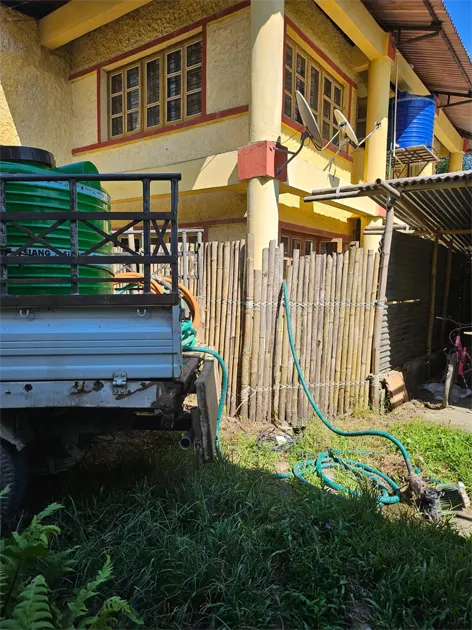Monday Musing
[Bengia Ajum]
With the arrival of the monsoon, the Itanagar Capital Region (ICR) begins to face a drinking water crisis as pipelines are damaged by rain and landslides. Heavy rain often damages the pipelines from the Poma and Senki Rivers, which supply a significant portion of Itanagar’s drinking water. The same issue affects the towns of Naharlagun and Nirjuli. Pipelines frequently break down, leaving people without access to drinking water for days. This year, for the second time, the twin towns of Itanagar and Naharlagun are experiencing a severe water crisis due to damage to the pipelines from Poma and Nyorch.
Whenever a pipeline is damaged, engineers from the PHE & WS department, along with the district administration, typically blame monsoon rains, landslides, or recently, the soil conditions in Itanagar, claiming that “loose soil” is to blame. This recurring issue has frustrated the residents of ICR, who are tired of hearing the same explanations each year. While it is acknowledged that heavy rainfall contributes to pipeline damage, the repeated excuses make people question the technical competence of the PHE & WS officials. Are they genuinely seeking a long-term solution to the water crisis, or are they content with temporary fixes and blame game? It is disheartening to see the state is struggling to resolve the drinking water issue while the rest of the world discusses ventures like human settlements on Mars.
The population of ICR is growing rapidly, and the existing water infrastructure needs significant upgrading. In Itanagar, the current Poma and Senki water supplies are insufficient to meet consumer needs, and the situation is even worse in Naharlagun and Nirjuli. Wealthier individuals have ring wells and borewells to meet their drinking water needs, but the poor cannot afford such amenities and rely on the PHE & WS department for water supply. As a result, when a pipeline fails, they suffer the most. Even middle-class residents, like myself, face difficulties. Currently, large parts of Itanagar lack drinking water supply due to damage to the Poma pipeline, forcing us to buy water from private tankers, which charge exorbitant prices with no alternatives available.
Moreover, PHE & WS department tankers often fail to arrive, and when they do, the amount of water provided is insufficient. Many tribal families in ICR live in large households with many members, making water shortages extremely challenging.
The ICR, the heart of the state, is facing a severe drinking water crisis as there has been no water supply for the past seven days. If the state capital is in such dire straits, one can only imagine the situation in more remote areas. Despite extensive media coverage, the state government seems indifferent to the crisis, demonstrating a troubling disregard for its citizens.



